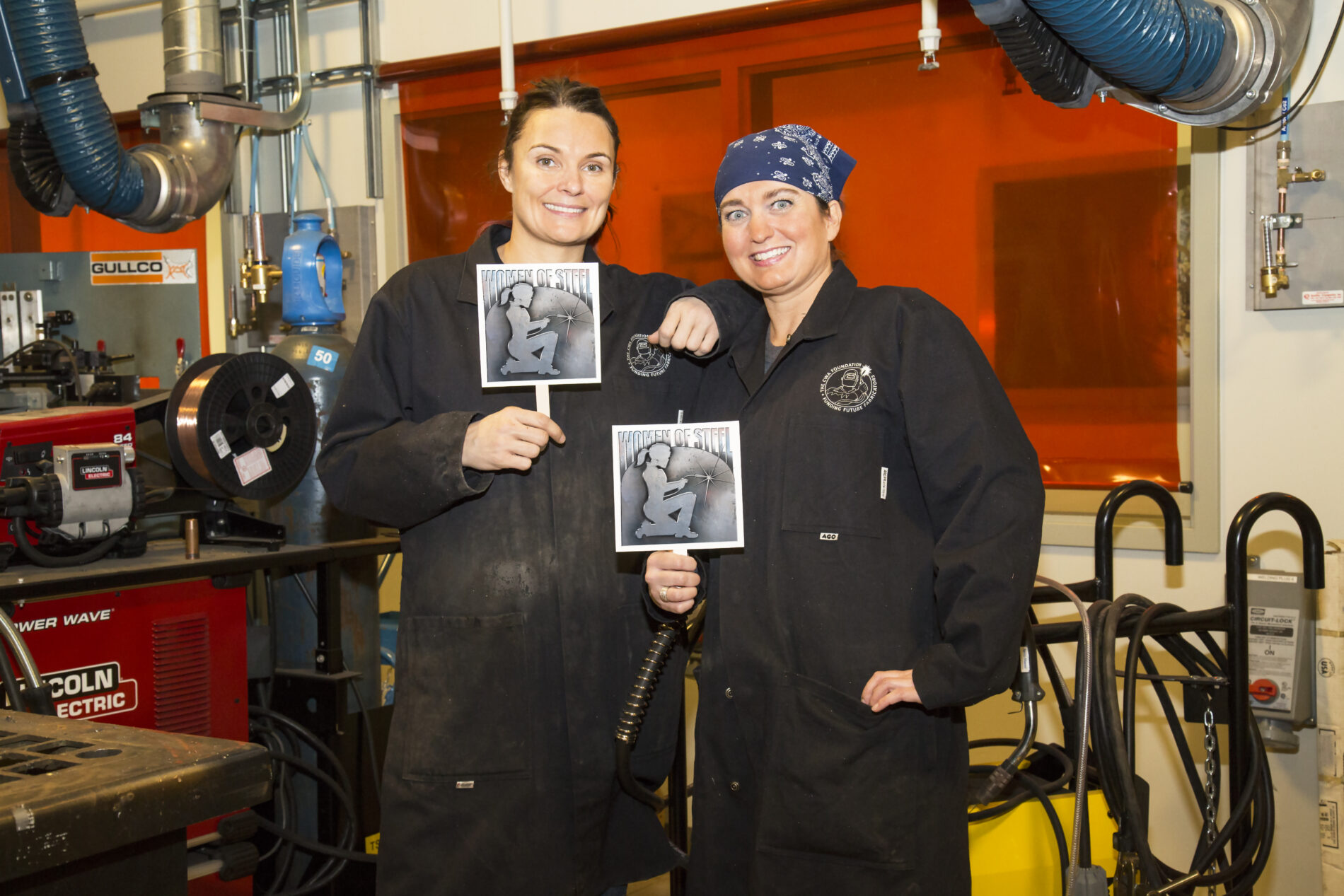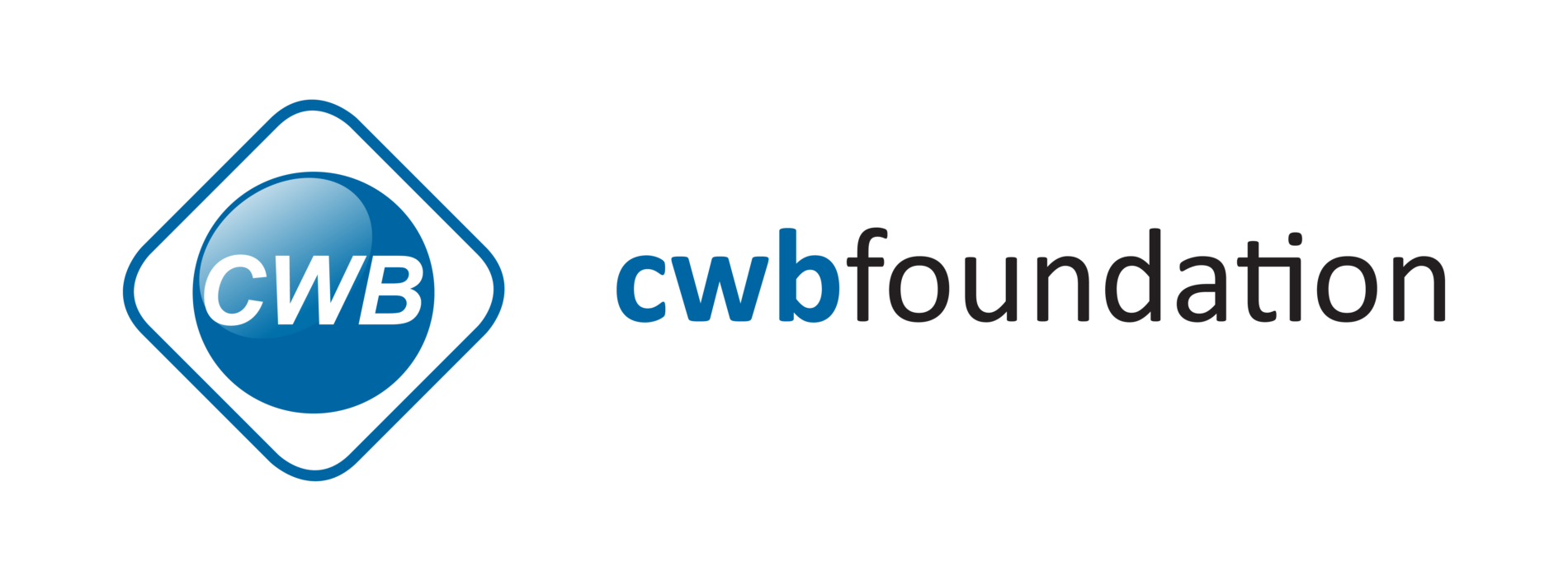
I remember the first time I saw my dad welding a trailer in the backyard of the house with my grandfather’s welding machine. I recall him telling me not to look at the arc, but the temptation was too big. He went to get me my grandfather’s helmet so I could safely watch this amazing process of fusing steel. This experience stayed in the back of my mind until it was time to choose what I wanted to do for a living.
My high school was fortunate enough to have access to a welding shop and a retired welder who would swing by once a week to help the teacher and students with techniques. It was at that point that I decide to enroll myself in the welding program at NBCC.
After completing my red seal in welding at the age of 21, I felt like I wanted to know more about welding and I was still eager to learn. I still love welding and the thought of not being around the environment was not an option. That is when I started contemplating the idea of taking the welding technology program at NBCC. When the pandemic hit in March 2020, I was laid off due to a lack of work at the shop. That is when I told myself “it is now or never”, and I registered for the welding technology program later that week.
During my first two years in welding, I worked in a structural shop that mostly employed welders with a minimum of 15 years of experience in the trade. The amount of tricks these guys had was insane! For the green kid that I was, everyday was an opportunity to learn something new. The shop was relatively small, so I was involved with a project from the fabrication to installation of the finished product on-site. That said, a small mistake made early in the production was going to be a big problem for me later. It quickly became clear to me that some steps cannot be skipped to save couple seconds if it is going to cost a couple of hours at the end to fix it.
In the first year of welding technology, we talk about the standards like W59 and W47.9 which are some of the standards that I worked under during my first couple of years as a welder. I was surprised to learn that I have been wrong on some techniques which could have a major effect on the structures in the long term. One thing that really struck me was that there was a specific minimum radius for coped beams. I had a general idea of what could be done and what was prohibited by the supervisor and instructor, but not to the depth of a person who actually read the code. I decide to start studying the code on my own and I read through W59 and W47.9 at least twice each. At the end of the year, I decided to write my level 1 inspector for W59 and W47.9, which I passed at the end of May.
That opened a door for me as one of my former employers needed a supervisor with knowledge of the codes to reinforce an existing structure. A lot of the pieces we are fabricating are custom made, so we must go up the lift measure every single opening before being able to assemble it on-site. Intricate shapes had to be sent to the shop but most of the assembling was done on-site.
My first day I received the blueprint and I oversaw 2 workers. That day was a very humbling experience. I was comfortable in building structures but having to always be on the ball with two other people depending on me for decision making was not in my curriculum. I really gained appreciation for the foremen I had that day, because they regularly had way more pressure than I did. That said, everyone should be aware of the standard they are working to as the foreman might be busy and a one-man operation in this case is not an option. Having knowledgeable workers pays off in the end as the quality of the work and knowledge of standards increase exponentially.
In the future, I would like to be able to give back to the community that helped me. Being able to share my love of metallurgy by teaching at a college. I discovered my love for teaching while coaching Ultimate Frisbee over the past 5 years. Seeing the growth in personality and skill of every player has made me want to see young apprentices become the working force of tomorrow. This of course, is the end goal, as I am still part of that young group that is trying to absorb all the knowledge possible from the more experienced welders and inspectors before they retired.
Lastly, I would like to kindly thank the CWB Welding Foundation, the advisory panel, and the Board of Directors for being selected as a recipient of the Hugh A. Krentz award. This essay helped me reflect on the all the people that helped me get to where I am in my career, and push me to accomplish more in the future. It is an immense honour to receive this award as it represents the passion and dedication that Mr. Krentz has given to the welding industry.
